Scientists Discover the Oldest Man-Made Megastructure Beneath the Baltic Sea
A group of scientists have stumbled upon a perplexing rock formation beneath the surface of the Baltic Sea. They are now convinced that this is an ancient megastructure, a testament to a long-lost culture that thrived in the region thousands of years ago.
The site lies beneath the waves just off Germany’s northern coast. Marine biologists were conducting a study in the area when they made the shocking discovery that could shed light on Stone Age communities in the region.
Geologists Conduct Research in the Baltic Sea
Back in 2021, marine biologist Jacob Geersen was tasked with conducting a week-long field course at the University of Kiel. He, alongside many students, would spend a week aboard a ship in the Bay of Mecklenburg, just off Germany’s North coast in the Baltic Sea.

Source: Wikimedia
The students were tasked with scanning the ocean floor at high resolution every night. One morning, they gathered their results and couldn’t help but notice an unusual anomaly in the data.
Researchers Making a Fascinating Discovery
Speaking with NPR News, Geersen explained, “The next day, we downloaded the data, and it was then when we were sitting together, we saw that there was something on the seafloor. It was something special.”

Source: Freepik
What the marine biologists didn’t know at the time is that they had just scanned the remains of a 10,000-year-old megastructure constructed by the ancient inhabitants of the region.
The Location of the Megastructure
The Bay of Mecklenburg has fluctuated between high and low sea levels since the last glacial period carved it out in Europe. Despite its history of flooding, people settled in the region intermittently.
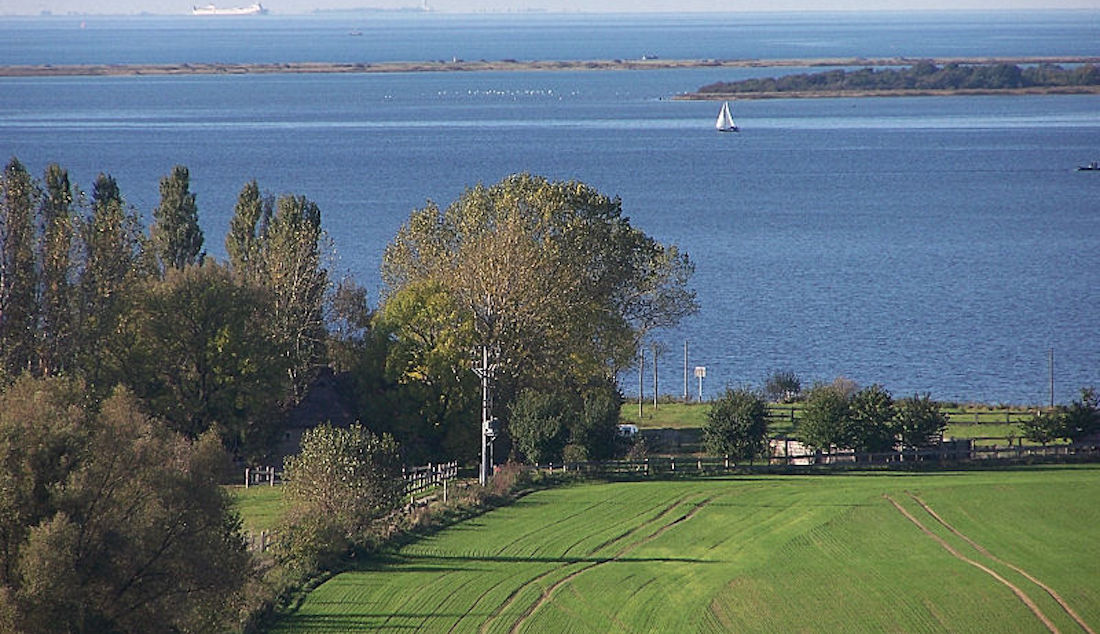
Source: Wikimedia Commons
This has made the region a hotspot for archeological sites, but most of these sites are located near Scandinavia and the Eastern Baltic. However, this latest find is the oldest in the German region.
An Investigation Begins at the Site
Initial inspections appeared to suggest the unusual rock formation was some kind of wall. While some claimed it was a feat of nature, others weren’t so sure, suggesting it was perfectly aligned as if constructed by human hands.
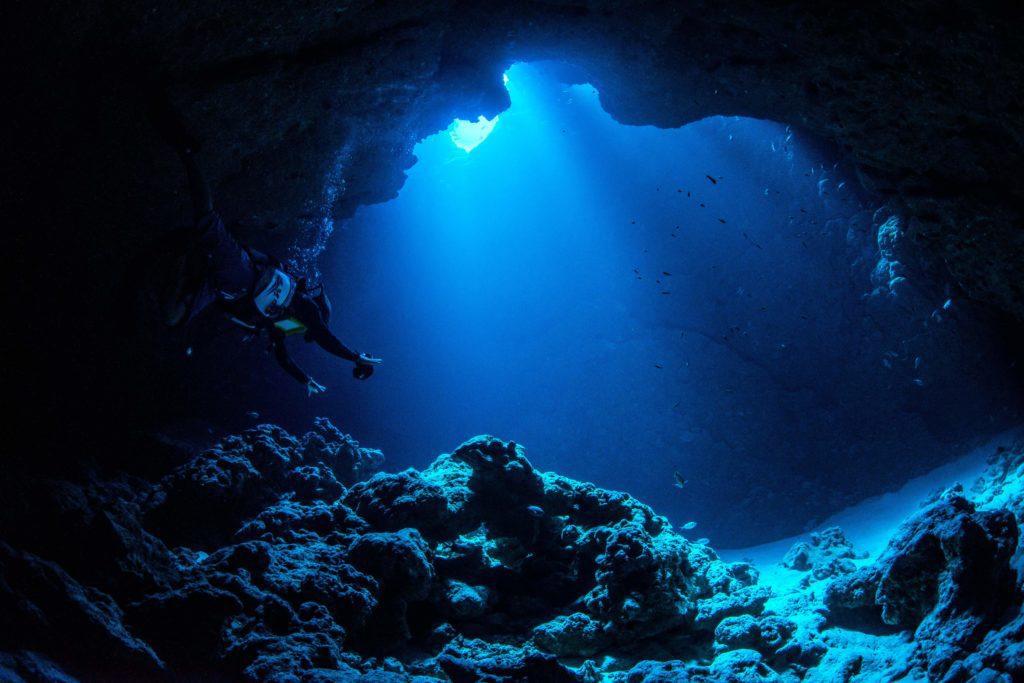
Source: Freepik
The researchers shared their discovery with the Mecklenburg-Vorpommern State Office for Culture and Monument Preservation, which decided further investigations were required to better understand the findings.
A Mysterious Wall Beneath the Baltic Sea
Divers carried out further investigations at the site before a study was conducted and shared in Proceedings of the National Academy of Sciences.
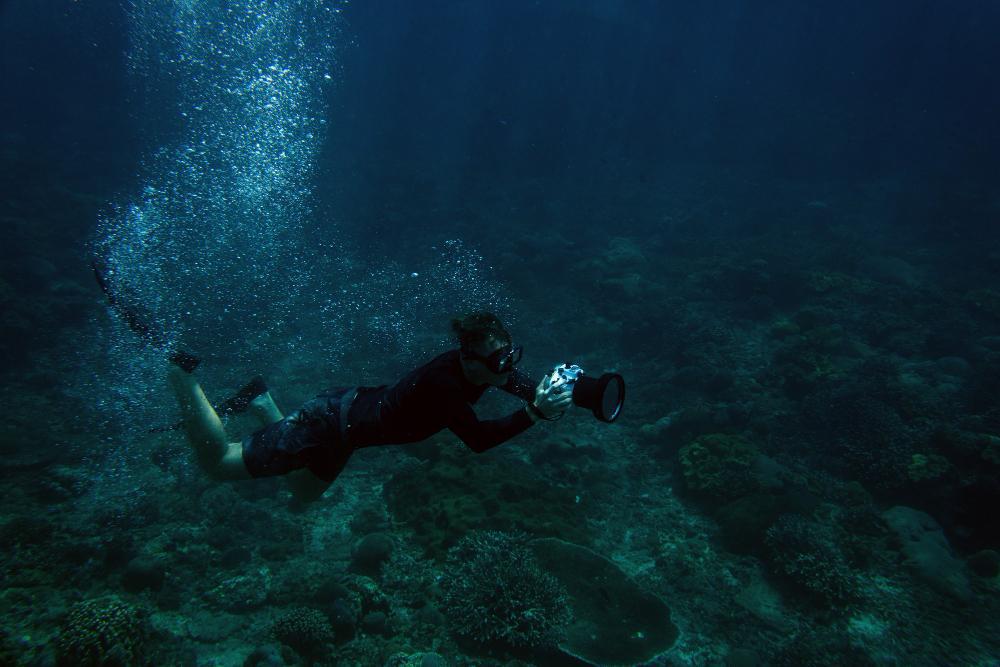
Source: Freepik
In the study, the team of researchers, headed by Geersen, explained the unusual rock formation appears to be a fairly extensive stone wall they dubbed “Blinkerwall,” composed of over 1,700 stones and running for over 970 feet.
A Wall Made of 288 Large Stones
An archaeological diving team confirmed that they photographed sections of the wall, revealing that the Blinkerwall, constructed with 288 very large boulders connected by 1,673 smaller stones, was made by human hands.
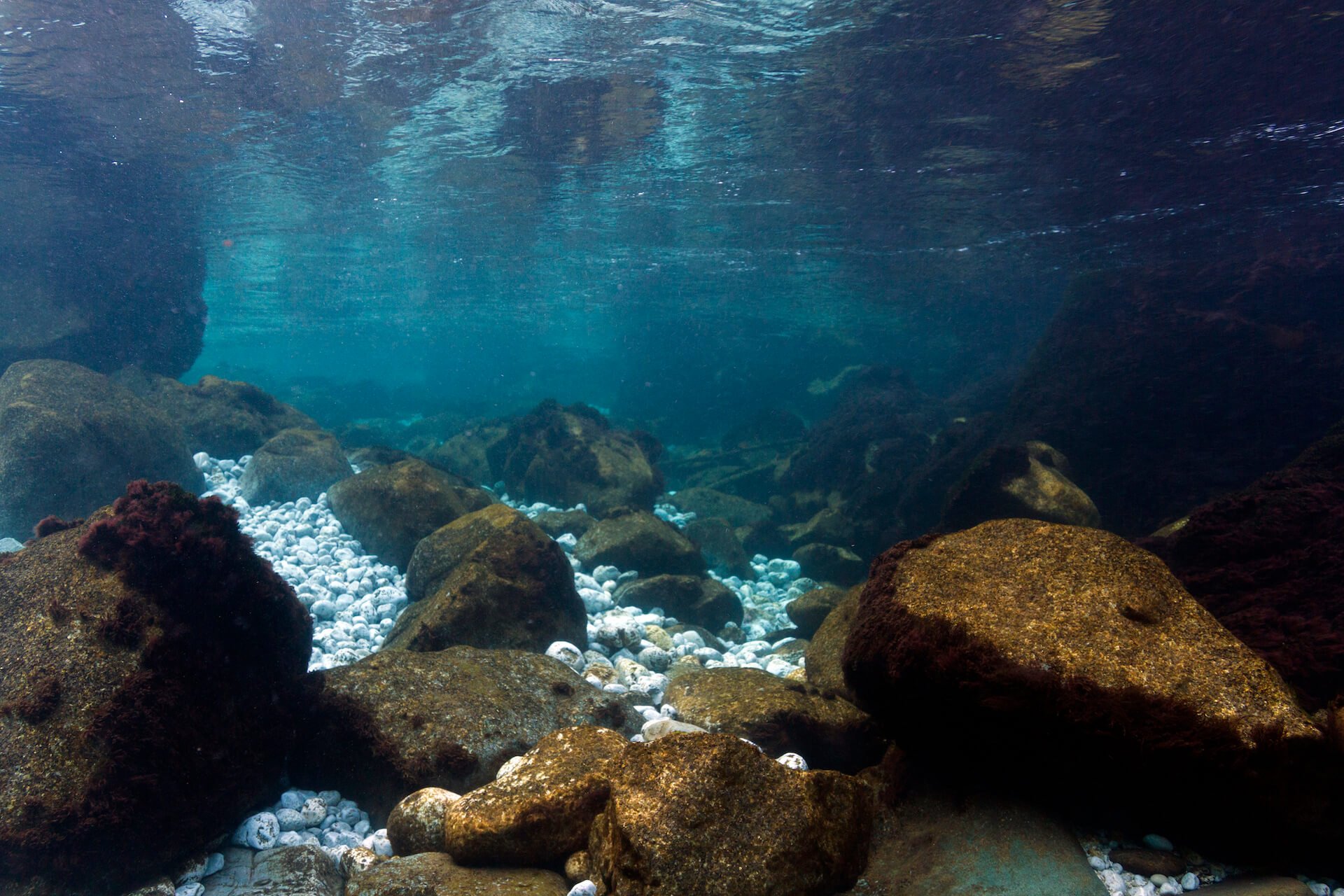
Source: Wikimedia Commons
It appears that they collected these smaller stones from the immediate vicinity, as the area just north of the wall has fewer stones than the areas much further north.
The Significant Hallmarks of the Period
During the Late Upper Palaeolithic, people marked significant hallmarks in technological innovation amidst rising sea levels.

Source: Heinrich Harder/Wikimedia Commons
There are regionally distinct forms of stone projectile points that show humans at the time were using tools to craft structures as well as decorate bone and antler harpoons.
Extensive Walls Connect to an Artificial Mound
The German researchers later used sediment dating techniques, suggesting that Blinkerwall was created between 10,000 and 11,000 years ago during the middle of the Mesolithic period.

Source: PNAS
If researchers are correct about the megastructure, which appears to extend to a large concentric mound at its northeastern side, it could be the “oldest man-made megastructure in Europe,” the paper wrote.
Built In Ancient Times
Geersen is highly convinced the rock formation was constructed by human hands. During an interview with CNN, he said, “Our investigations indicate that a natural origin of the underwater stonewall as well as its construction in modern times, for instance, in connection with submarine cable laying or stone harvesting, are not very likely.”
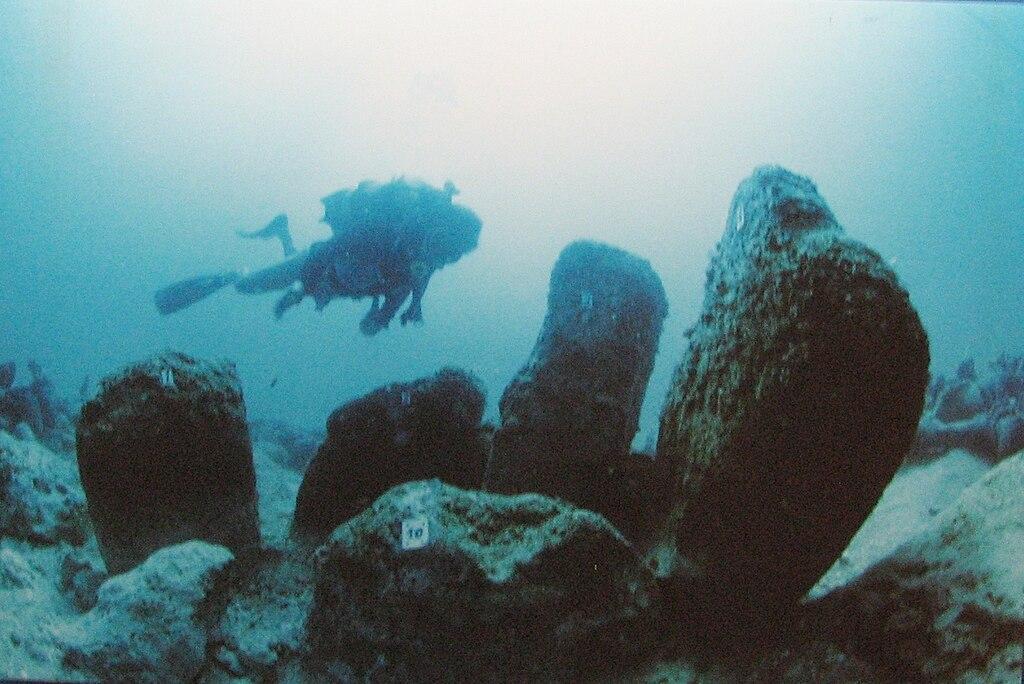
Source: Wikimedia
The researcher continued, “The methodical arrangement of the many small stones that connect the large, non-moveable boulders speaks against this.”
Blinkerwall Begins to Sink Beneath the Baltic Sea
While the Blinkerwall now sits under 70 feet of water, researchers believe it was constructed above ground, likely on the shoreline of a bog or lake 10,000 years ago.
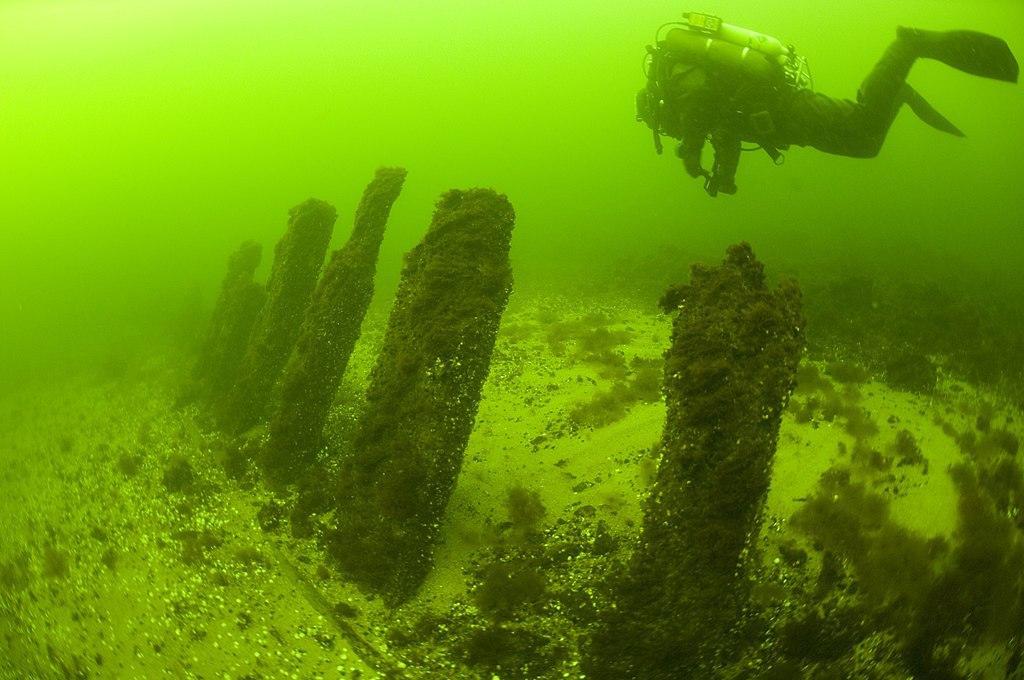
Source: Wikimedia
However, around 8,500 years ago, sea levels in the region began to rise significantly, and the Baltic Sea started to swallow up significant portions of the surrounding landscape, including the ancient megastructure.
What Was the Blinkerwall Used For?
According to researchers, the wall may have been built as a way sort of driving wall that could be used to hunt reindeer, a pivotal source of food for those living in this part of Northern years thousands of years ago.
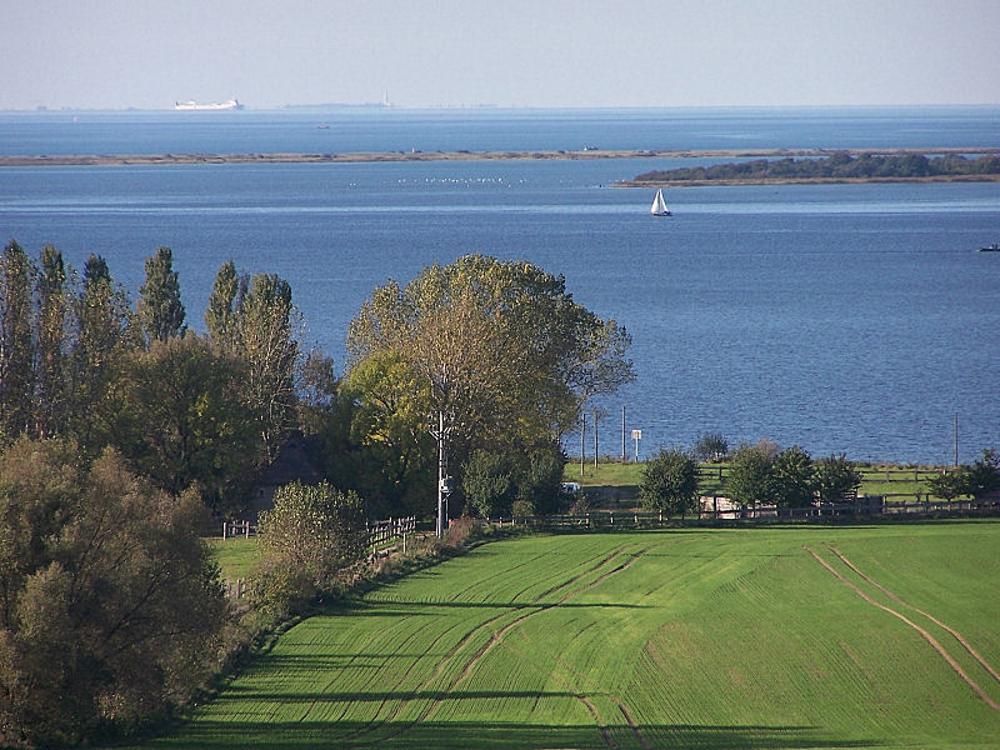
Source: Wikimedia
“When you chase the animals, they follow these structures; they don’t attempt to jump over them,” Geersen explained in an interview with The Guardian. “The idea would be to create an artificial bottleneck with a second wall or with the lake shore.”
Managing Hunting Activities
The Blinkerwall could demonstrate that Palaeolithic hunters were managing their landscape to help in their daily hunting activities. The wall severed to separate enclosed farmland from the landscape, and to direct prey movements to a location where they are more vulnerable to attack.

Source: Wessex Archaeology/Flickr
The researchers behind the study of the Blinkerwall compared the structure to other archaeologically documented structures of similar length and construction type found in the Middle East, North America, Canada, and Greenland.
Stone Age Builders Hunt Reindeer
According to the study’s co-author, Dr. Marcel Bradtmöller, the wall was constructed to help the Stone Age inhabitants trap and kill migrating deer.

Source: Wikimedia
“The wall was probably used to guide the reindeer into a bottleneck between the adjacent lakeshore and the wall, or even into the lake, where the Stone Age hunters could kill them more easily with their weapons,” he said.
Stone Age Hunters Set up Unique Trap
The Stone Age residents of Northern Germany used a variety of hunting instruments, including spears, bows, and arrows. However, at one point, they realized they could corner the animals by forcing them to follow the wall’s path.

Source: Wikimedia
“It seems that the animals are attracted by such linear structures and that they would rather follow the structure instead of trying to cross it, even if it is only 0.5 meters (1.6 feet) high,” Geersen said.
Using Water in Hunting Strategies
The similarity of Blinkerwall to other structures and its construction near a body of water suggests that ancient humans created the wall for the same purpose, utilizing the nearby water as part of their hunting strategy.
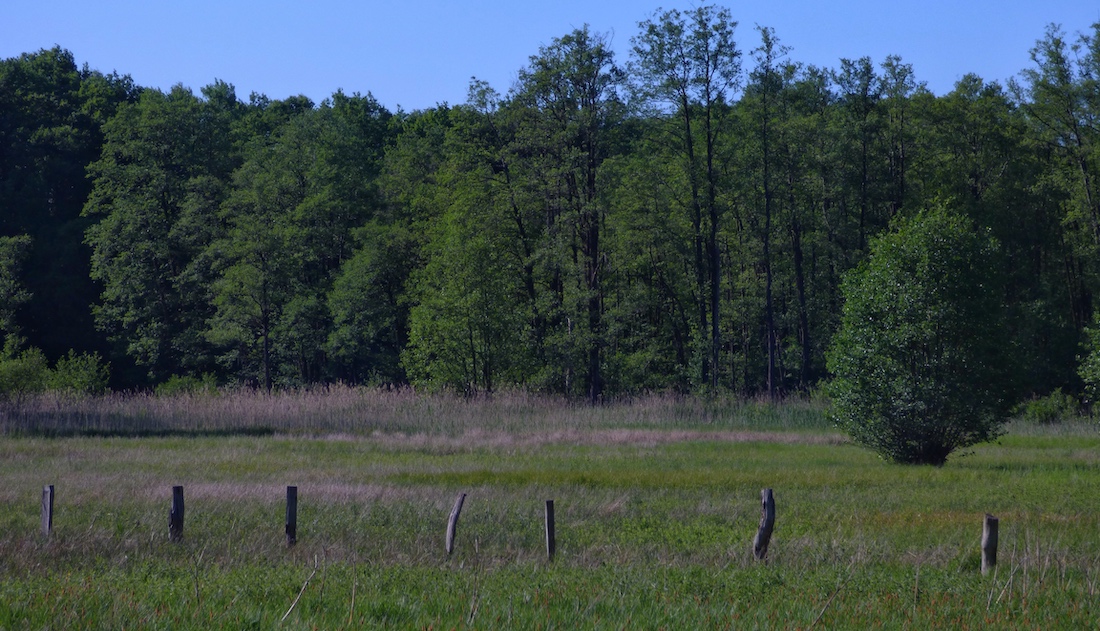
Source: Aufbacksalami/Wikimedia Commons
Evidence from the reindeer located in Stellmoor shows that they were driven down the valley into the lake before being shot with arrows.
Understanding the Lay of the Land
While there is no archaeological evidence at Stellmoore that suggests people deliberately changed or created structures that would help their chances during the hunt, the topography of the landscape shows evidence that the hunters knew the lay of the land well enough to use it to their advantage.

Source: William MacKenzie/Rawpixel
The Blinkerwall provides evidence that Palaeolithic people planned and coordinated their hunting and gathering well enough to build structures that enhanced their chances of success.
Understanding Prey
The Blinkerwall construction also provides evidence that Paleolithic people recognized and understood their prey’s instincts well enough to predict their movements.

Source: PickPik
These ancient humans also were able to predict how their prey would react when faced with an artificially created obstacle, like the Blinkerwall, and where they would likely turn to as they ran.
Skilled and Specialized Hunting
The discovery of this ancient structure holds important information about hunting architecture in Europe nearly 11,700 years ago. The Blinkerwall demonstrates that people at the end of the last glacial period engineered highly skilled and specialized hunting strategies.

Source: Adobe Stock
People have unknowingly used these strategies in different landscapes for thousands of years, and the discoveries are unlikely to stop there.
Shedding Light on the Ancient Past
The research conducted at the Blinkerwall has given scientists a much deeper understanding of the hunters living in this region close to the Baltic Sea, according to Bradtmöller.

Source: Wikimedia
One of the main things they came to realize is that the efforts to construct such an extensive structure point towards a culture that was fairly more territorial and stationary than researchers once thought.
The Oldest Known Hunting Structure
The Blinkerwall is likely one of the oldest known examples of hunting architecture in the world, potentially predating a desert hunting “kite” known as Jibal al-Gadiwiyt in Jordan by a thousand years.
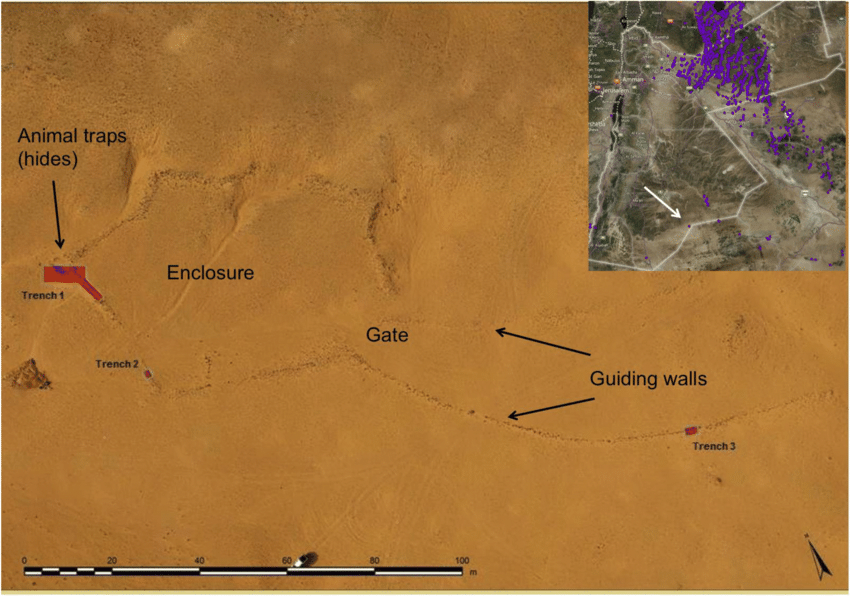
Source: ResearchGate
These desert “kites” are dry stone wall structures that were first discovered during flights in the 1920s.
Archaeological Haven
Researchers hope to find further archaeological evidence of significance in the Bay of Mecklenburg and the Doggerland stretch of land, potentially uncovering another wall or similar structures buried under the sedimentation of the ancient lake.

Source: Wikimedia
However, they will have to move quickly as more and more green energy companies move into the area, threatening to disrupt or cover ancient history for another thousand years.
The Oldest Man-Made Megastructure
If Blinkerwall served as an ancient hunting lane, it was likely constructed over 10,000 years ago and subsequently submerged beneath rising sea levels about 8,500 years ago.

Source: Wikimedia
“This puts the Blinkerwall into range of the oldest known examples of hunting architecture in the world and potentially makes it the oldest man-made megastructure in Europe,” the researchers said.
Further Studies
Researchers are hoping to study the landscape further, hoping to find weapons, tools, or other animal remains that could reveal information about the nature and duration of their use.

Source: Freepik
This information could also provide insight into the strategies of the Paleolithic hunters of the Baltic, and how their way of life has influenced human evolution.
